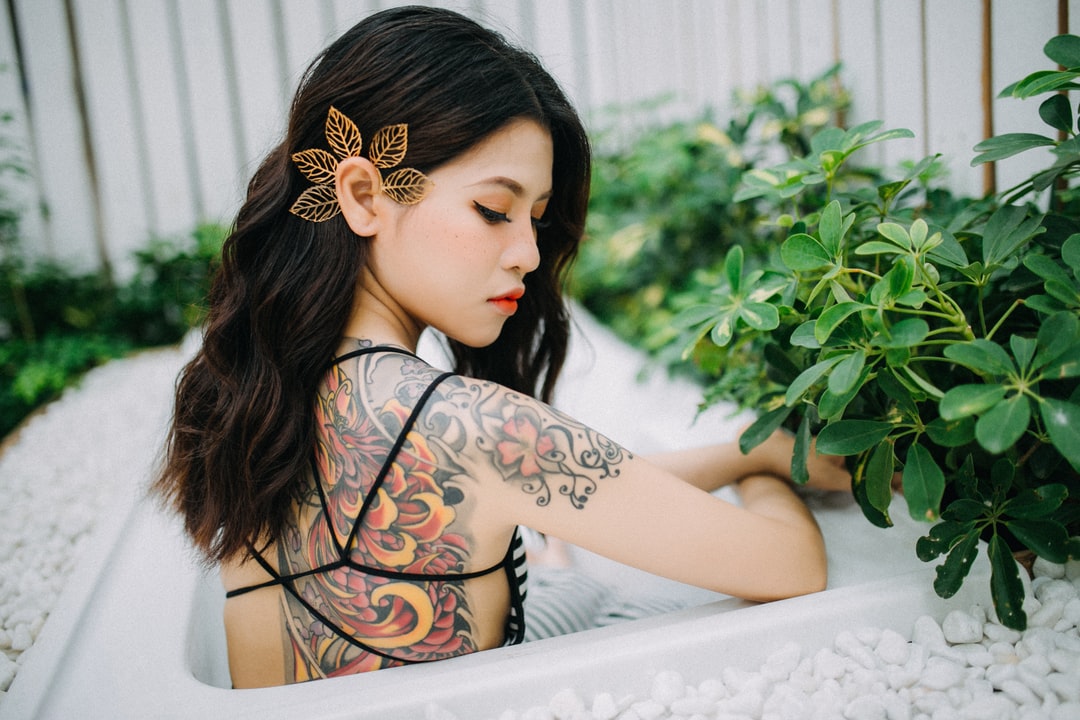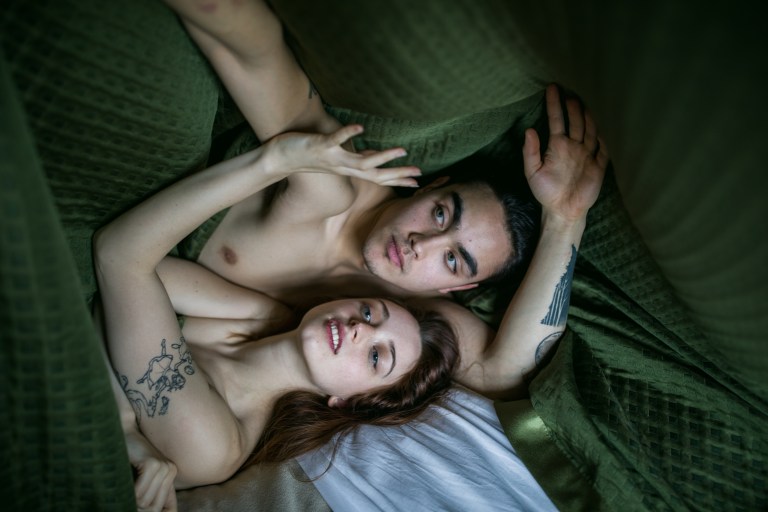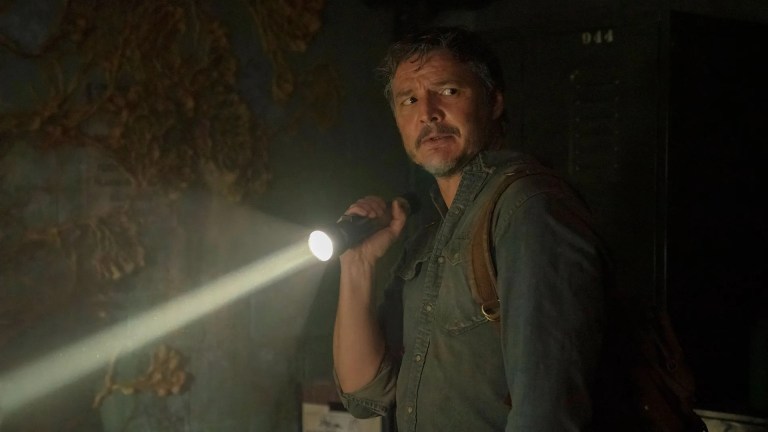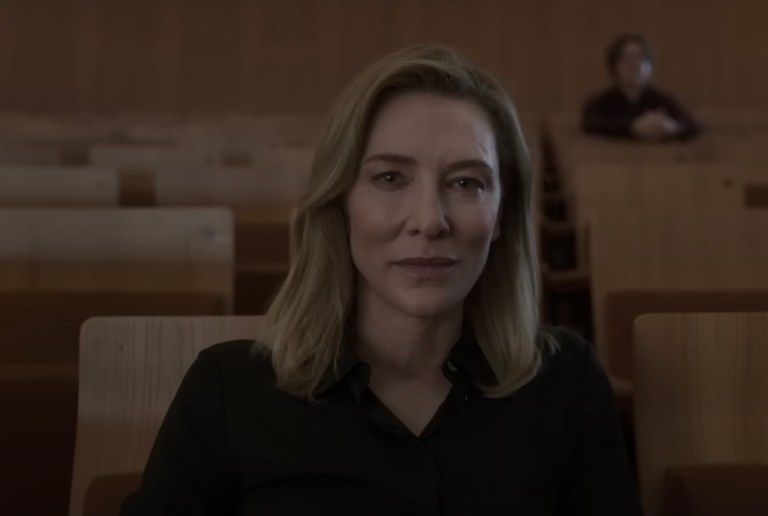The Intimate Side Of Tattoos That No One Talks About
“Show me a man with a tattoo, and I’ll show you a man with an interesting past.” — Jack London.
My first tattoo was on my 18th birthday, it was supposed to be the beginning of only four. I planned to get the other three remaining ones on the following consecutive birthdays until I turned 21. That never happened.
Four years ago, at the age of 26, I decided to get my ninth tattoo below the elbow on my inner left forearm. It was my first tattoo in a highly visible area—the previous eight were placed strategically to be hidden. There’s an underlying current that stigmatizes highly visible tattoos, although tattoos are no longer the forbidden fruit that they once were, as 47% of Millennials have at least one.
Last week, and to my parents’ disappointment, I got my 15th tattoo. This one is slightly above the elbow but still visible. It’s been 11 years since my first tattoo, and I’m also 11 tattoos over the limit that I set for my 18-year-old self. I’ve crossed the line from tattoo fan to the beginning stages of being a tattoo collector.
Throughout the years, my relationship with tattoos has changed. But how?
I have developed a newfound appreciation for not only the art of tattooing but the intimacy of the entire tattoo process. There is something really unique in the experience of getting a tattoo. If you genuinely think about it, tattooing is an intimate creation of art.
Intimacy is sharing closeness, vulnerability, and openness, all which are a part of the tattoo process. However, you can’t comprehend the experiential intimacy of tattooing without sitting in the chair.
It’s more than just ink and skin. Tattooing is magical, and it can very well change someone’s life.
It changed mine.
There aren’t many things we remember throughout life. But you will never forget the process and act of getting a tattoo. As you add to your skin diary, each experience is everlasting and forever ingrained in not only your skin but also your psyche.
You’ll always remember the inspiration behind the decision. You’ll never forget the process of setting up the appointment and the tattoo session. And the worst of all, you’ll always remember the healing process.
Tattooing can also be therapeutic.
The human touch of the artist is a form of non-sexual affection. Meanwhile, the physical pain of the process is cathartic, while the session itself can double as a therapy session. Having a stranger listening to your story, however much you wish to share, can be restorative.
Similar to a therapist, tattooing has a significant impact on the artist.
Chelsi Amour, a hand poke artist from the Philippines, mentions that some of her clients even share their darkest secrets. As a hand poke artist, her process of tattooing is longer and quieter, which allows her to grow a stronger bond with her clients.
As both an artist and a human being, Chelsi always takes significant honor when someone allows her to work on their skin. I reached out to Chelsi to inquire about her perspective on the intimacy of tattooing as an artist. In her reply, she voices how rewarding tattooing has been for her: “It’s really humbling to know that they trust me. It taught me to be very mindful, patient, and understanding.”
The artist has the ability to reach into someone’s mind and spirit and create a piece of artwork that symbolizes that person’s expressions.
There’s an underlying sense of self in each ink line or dot. No matter the style or quality, tattoos play a significant importance to the wearer who holds them dear. The meaning of each tattoo can differ, but each tattoo tells a different story.
Some can be poignant and deep, while others are often frivolous and in the spur of the moment. No matter the level of meaning, the ink we paint ourselves with is a reflection of who we are and will forever be permanent extensions of ourselves, as a person with tattoos is never genuinely naked.
There are very few forms of arts that, like tattoos, have a broad spectrum of opinions as there are vast differentiating perceptions of tattoos. I started a new job last month in an environment that I would say is a lot less tattoo-friendly than my previous work experiences. In the past, I’ve worked in offices where I could comfortably wear my tattoos openly. In my new position, however, I’ve worn long sleeve shirts every day in the office. It’s a personal decision that I’m okay with. I’m okay with hiding my tattoos, because tattoos are for myself and not anyone else. Sometimes you want to cover up, and sometimes you want to wear them openly.
But the decision is always up to the wearer.
To the wearer, each tattoo is a commitment to the self and reminder that you can do whatever you want.
A few years ago, this thesis would be the opposite. I’d probably argue why it’s bullshit to cover my tattoos. But the 29-year-old me is okay with covering. I made the decision to get my tattoos knowing my potential career path. Because of this, I set myself up to be comfortable with the decision to cover now. I knew that I could create my own destiny, and the ink was a representation of that commitment.
However, in and outside of work, we want the world to see us not the way we want to portray ourselves, but the way that we actually are.
Although people with tattoos may be walking galleries of intimate pieces of art, we still want to be appreciated for who we are as humans. ![]()





